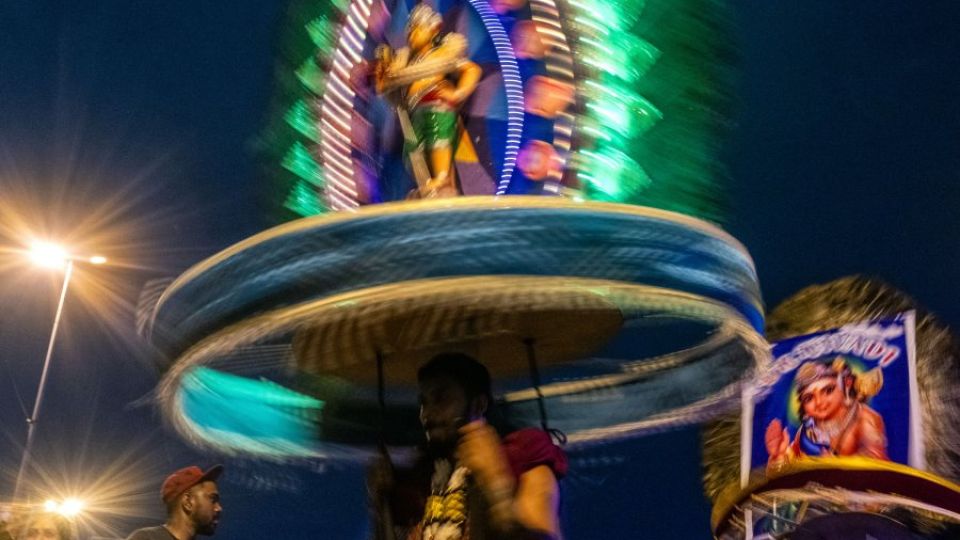February 3, 2025
KAJANG – A major aspect of the Thaipusam festival celebrated here and in other parts of the world involves Hindu devotees carrying the kavadi.
There are different types of kavadi, among them the mayil or peacock kavadi, a hallmark of the Thaipusam celebrations for years.
K. Sevaraja, a property agent and part-time kavadi artisan here, has his hands full crafting peacock kavadis to meet the demand for Thaipusam, which falls on Feb 11.
Kavadi, which means load, is a semi-circular, arch-like structure that rests on a devotee’s shoulders. It is carried as an act of devotion and gratitude to the deity Lord Murugan for the fulfilment of prayers or vows.
Sevaraja, 55, is dedicated to making the peacock kavadi because in Hinduism, the peacock is regarded as the divine vehicle of Lord Murugan.
He said his passion for making peacock kavadi has remained steadfast since he learned how to make them from his late father 26 years ago.
Today, the legacy continues with Sevaraja’s son, Satish Raj, 26, as well as a small team of workers committed to preserving this tradition.
“I’ve focused solely on making kavadi adorned with peacock feathers because they represent the original tradition.
“The peacock kavadi is more natural and visually striking compared to others,” said Sevaraja.
His family primarily provides kavadi for rent, especially to devotees observing Thaipusam at the famous Sri Subramaniar Swamy Temple in Batu Caves, Selangor, Bernama reported.
To honour the spiritual significance of making kavadi, Sevaraja, Satish and their helpers observe a strict vegetarian diet throughout the production process.
“I follow a vegetarian diet for 48 days while my son extends his commitment to 108 days. We also abstain from consuming intoxicants during this time,” he added.
Despite the waning interest among younger generations to pursue the craft of making kavadi, he is determined to preserve the art and the family tradition.He said crafting and maintaining each kavadi is no easy task.
Most kavadi makers use either rubber or styrofoam to make the structures. Satish prefers to use rubber due to its durability, saying that kavadi made of styrofoam is prone to damage and requires frequent repairs.
“The kavadi we make is sturdy. We add sponges so that it can rest on the (devotee’s) shoulders comfortably,” he said.
To enhance the vibrancy of the peacock kavadi, his family fixes LED lights onto the structures, which make them particularly striking at night.
Key materials used in making the kavadi include rattan, rubber, styrofoam, wooden plates, peacock feathers and metal rods as well as decorative elements.
Each component is carefully selected to ensure the kavadi is durable and aesthetically captivating.
This year, kavadi rentals range from RM800 to RM1,300, depending on the size and design.
For this year’s Thaipusam celebrations, Sevaraja’s family has received over 40 orders for rubber-based peacock kavadi and more than 20 orders for styrofoam peacock kavadi, with some of the orders coming from overseas, including South Africa and Mauritius.
Meanwhile, two students from Institut Kemahiran Tinggi Belia Negara in Hulu Langat, Selangor, A. Manikandan and T. Dhenesh Raaj, both 21, have volunteered to assist Sevaraja in repairing damaged kavadi. They are currently on their semester break.
According to the duo, their curiosity about how the kavadi is made and their eagerness to learn led them to join Sevaraja’s team.

